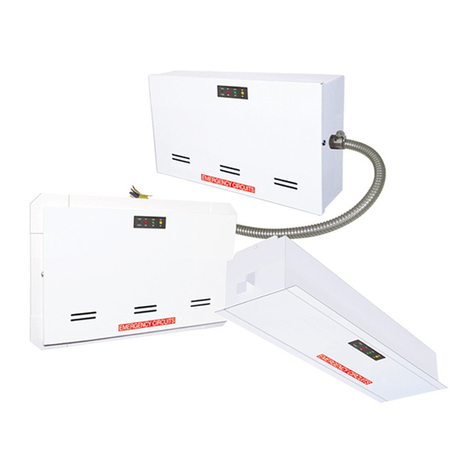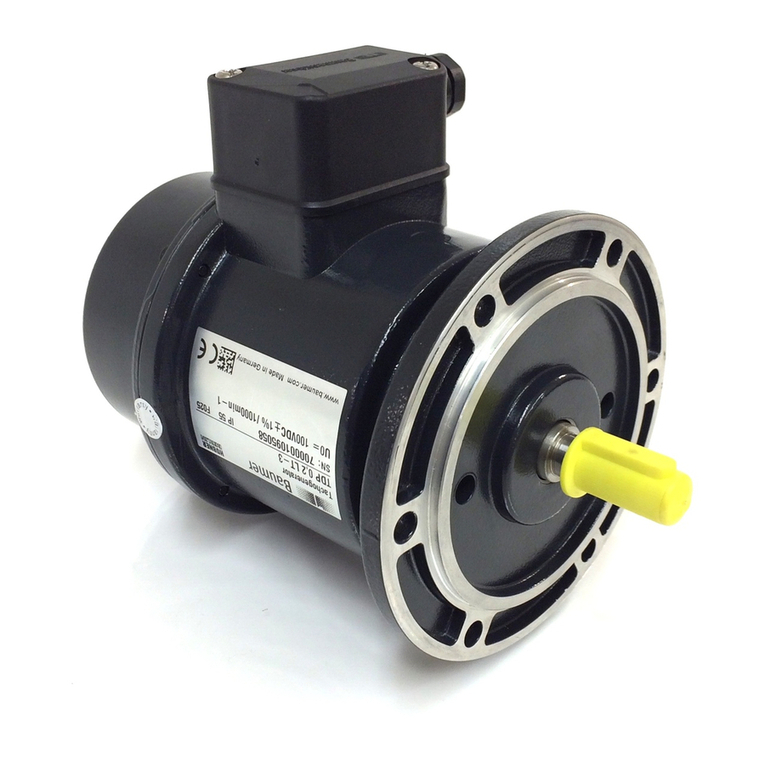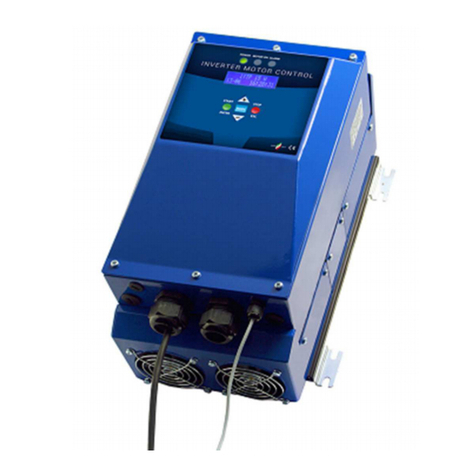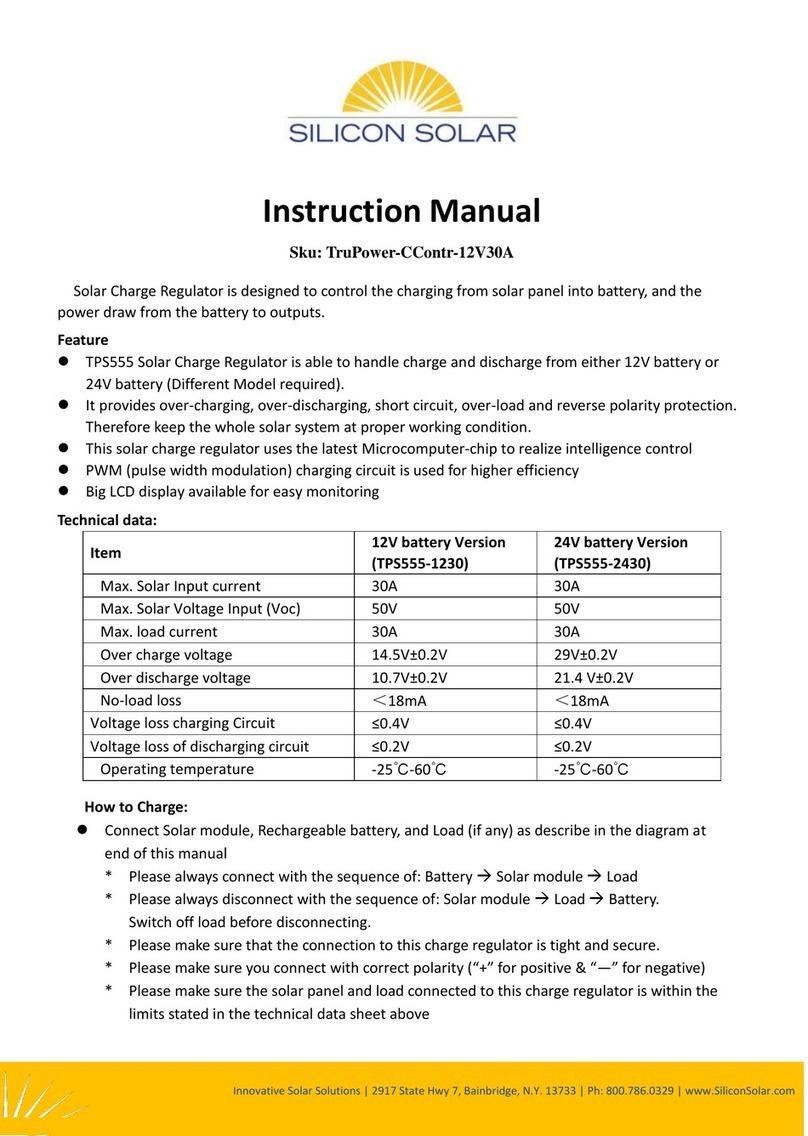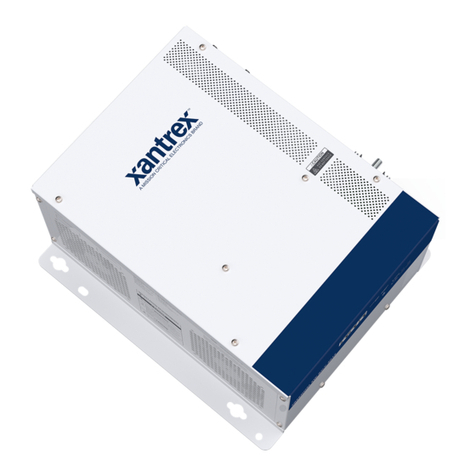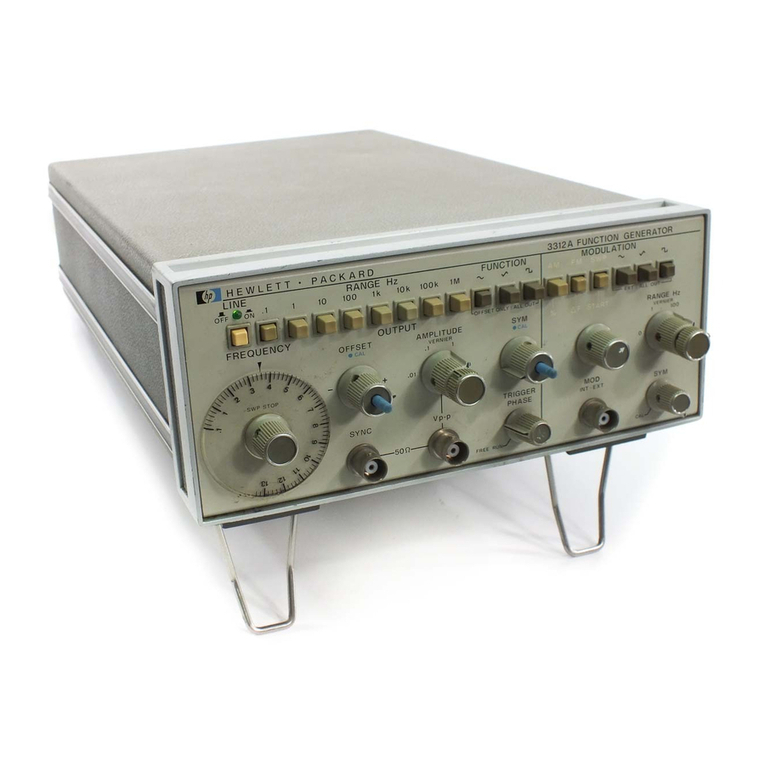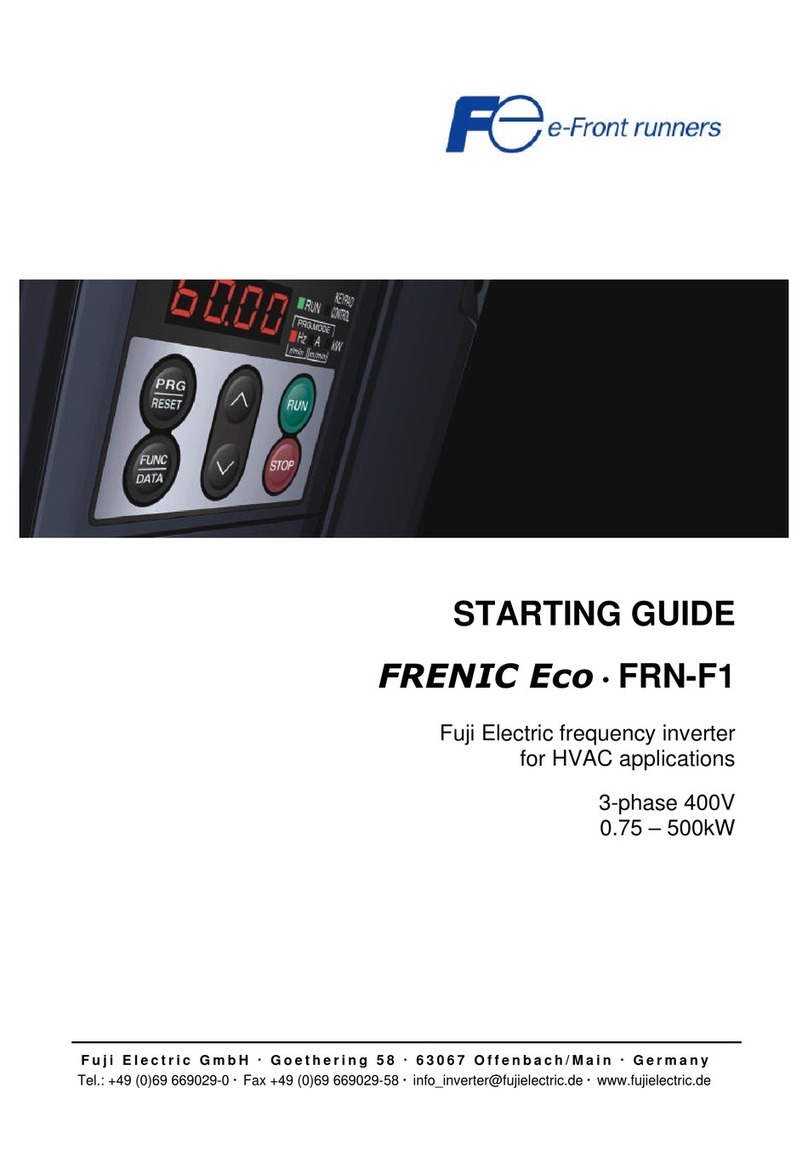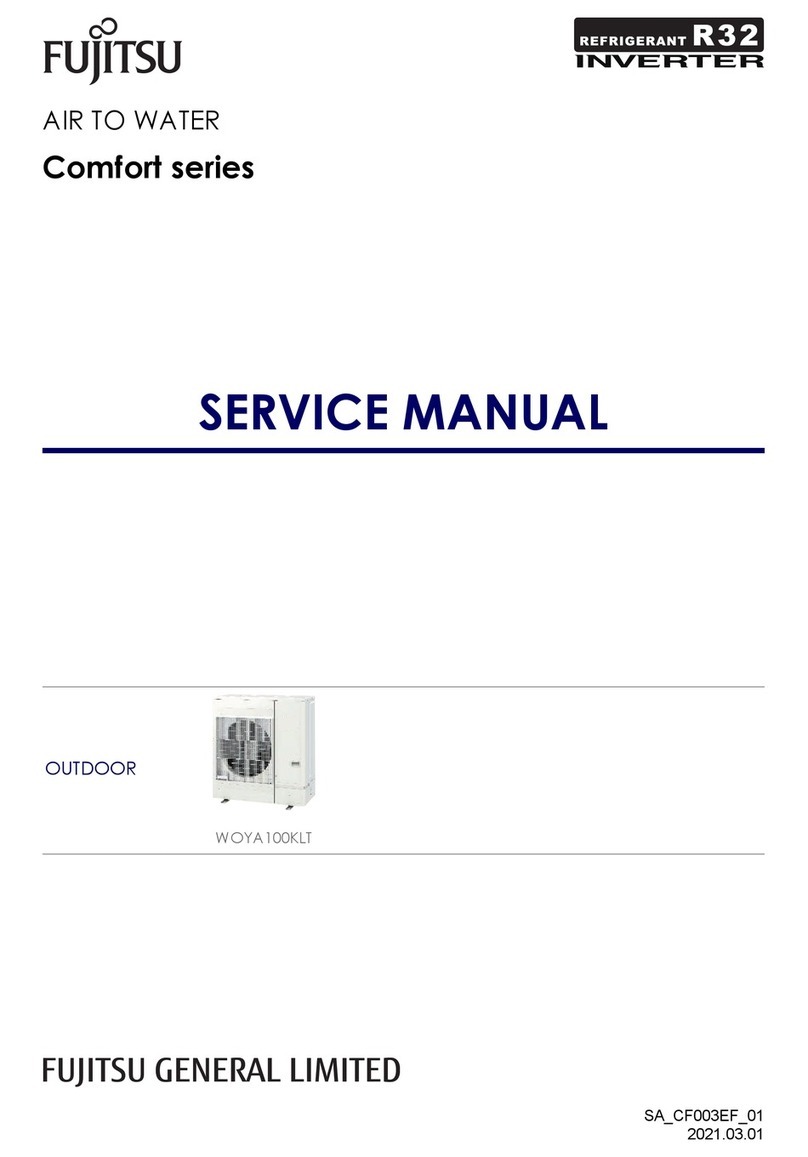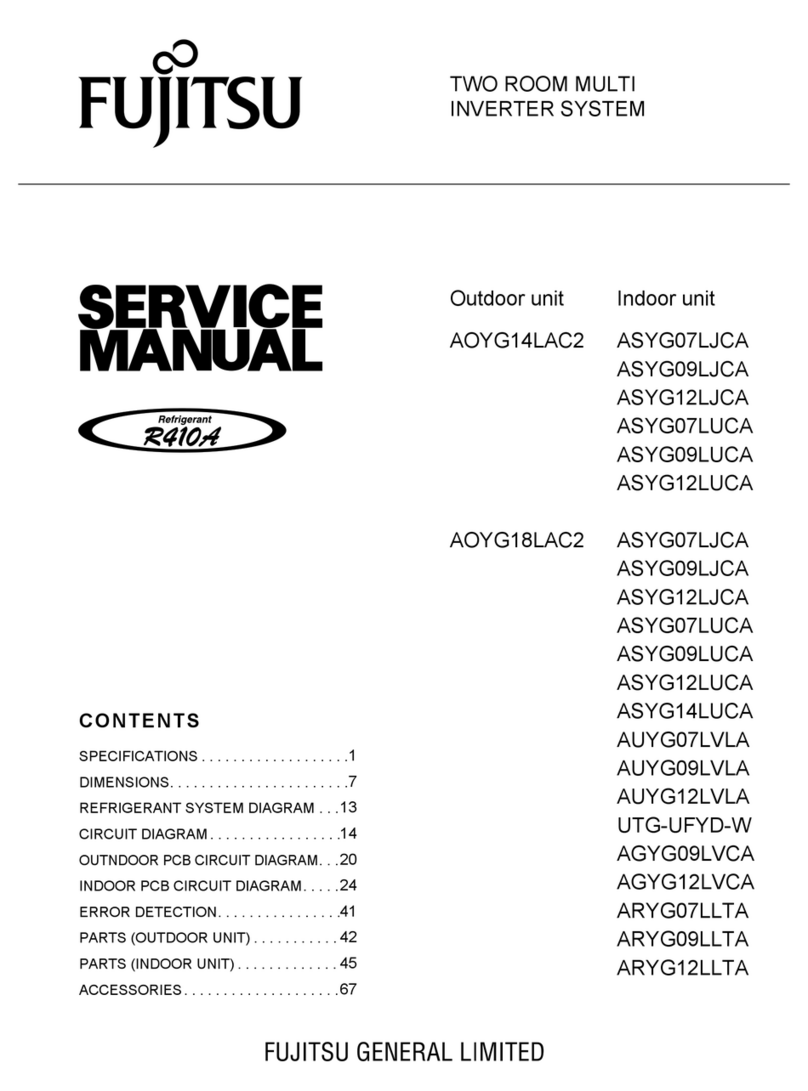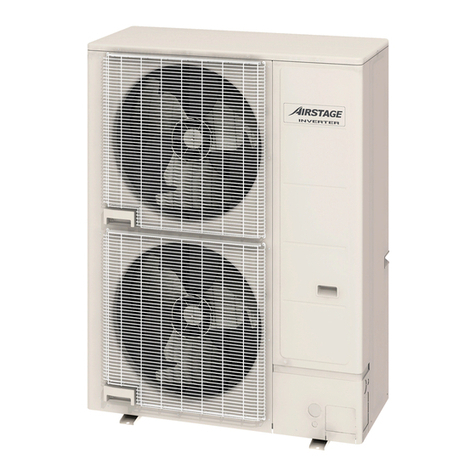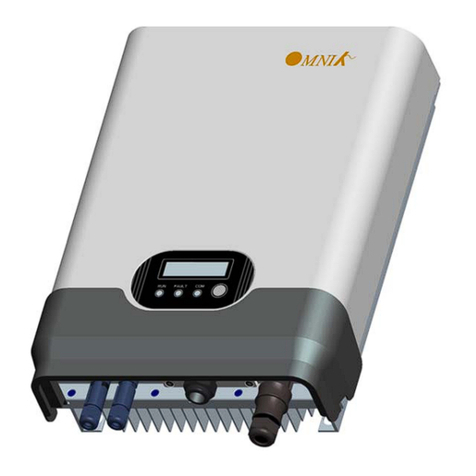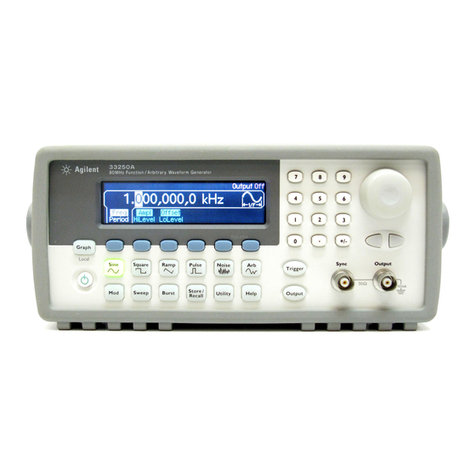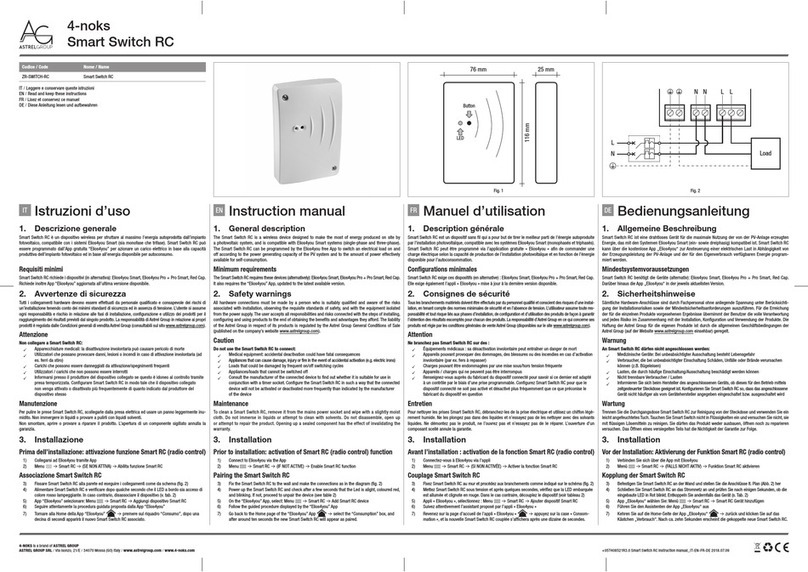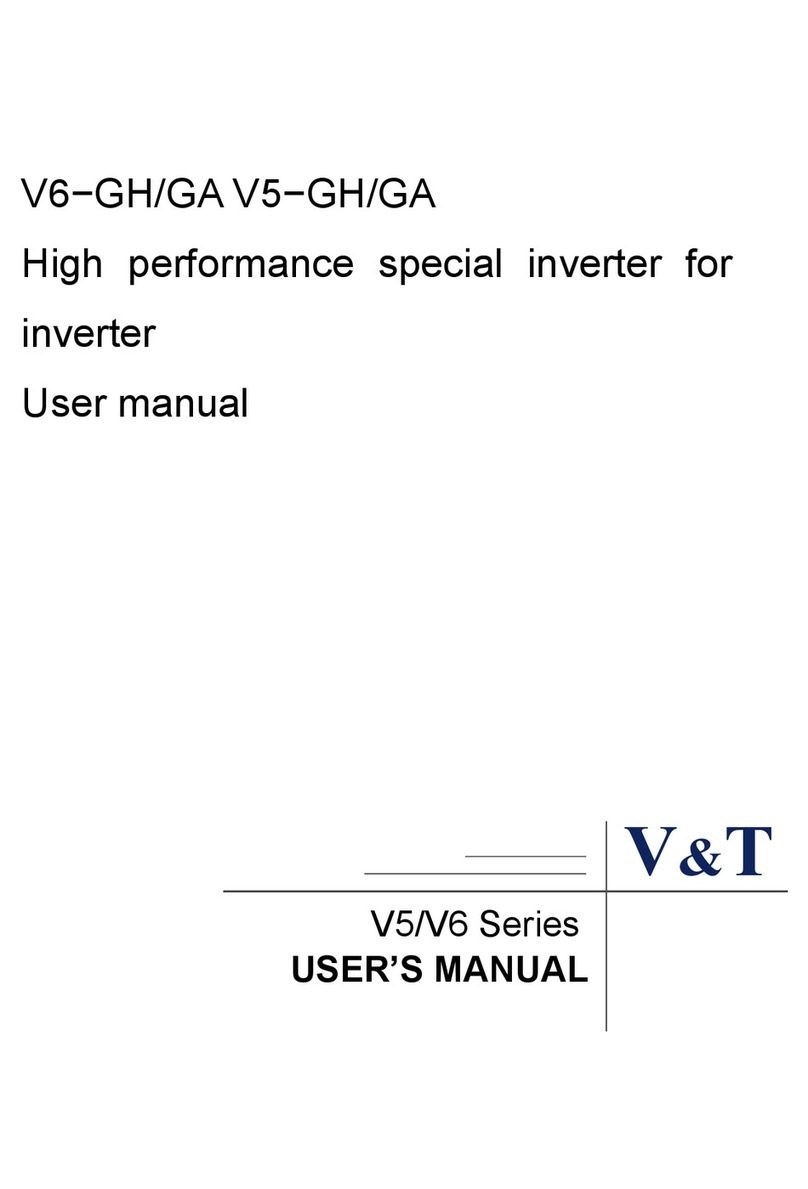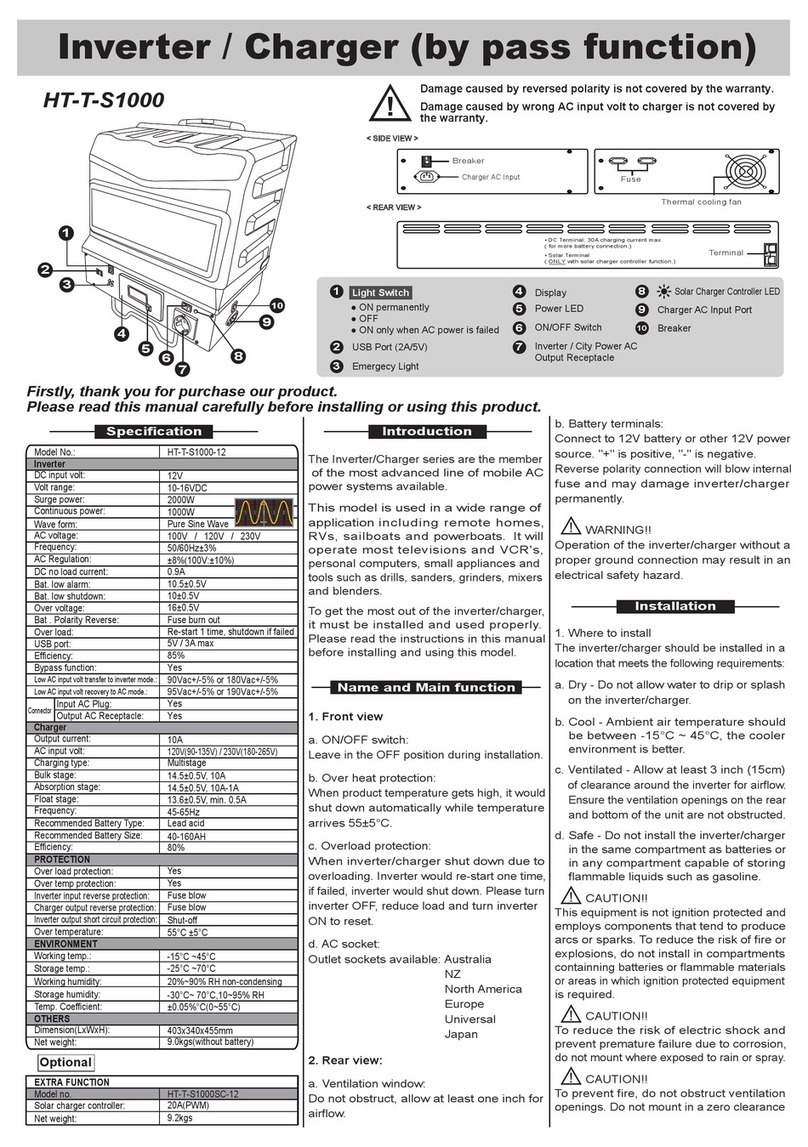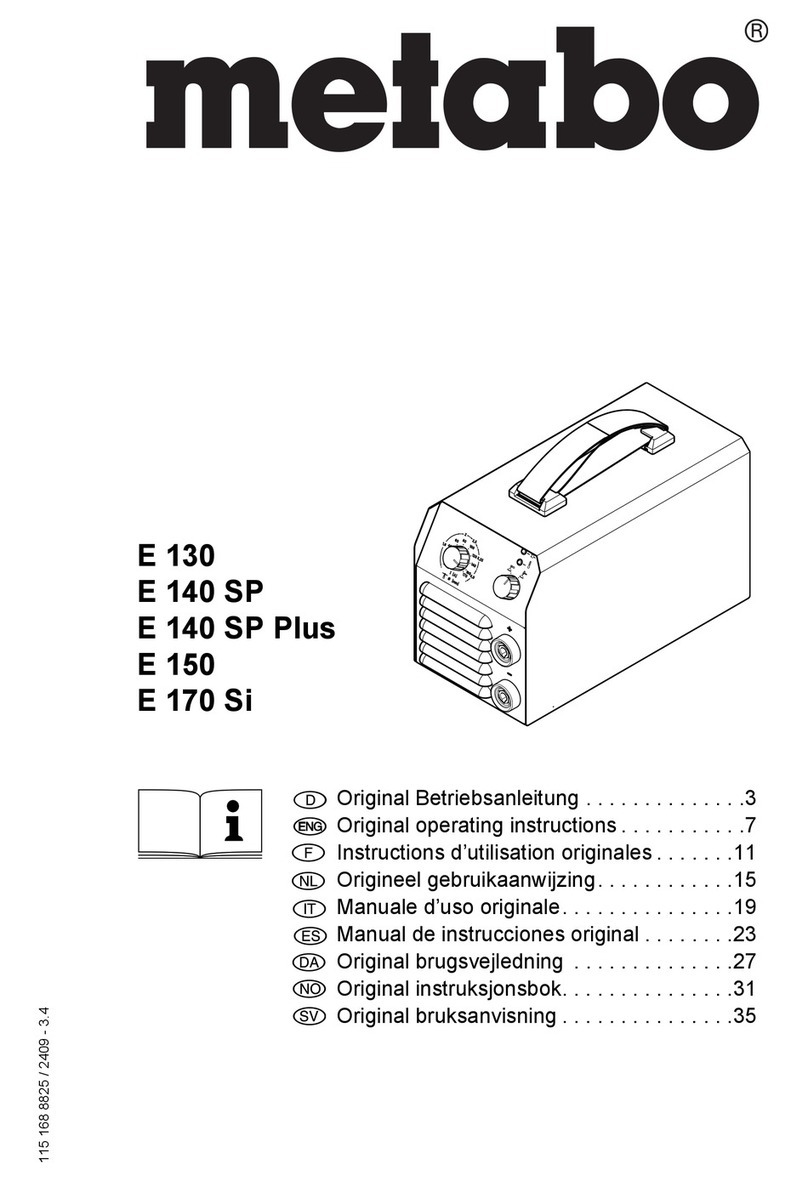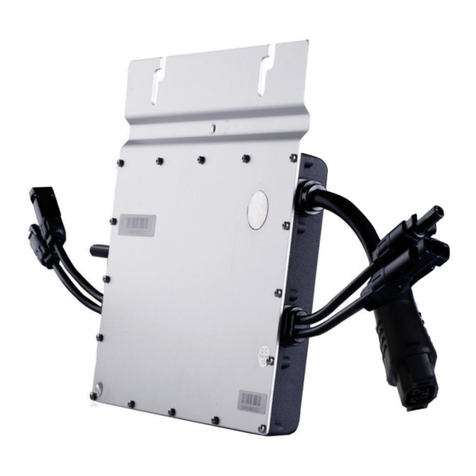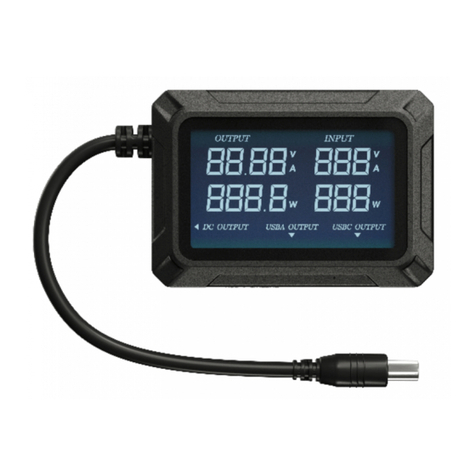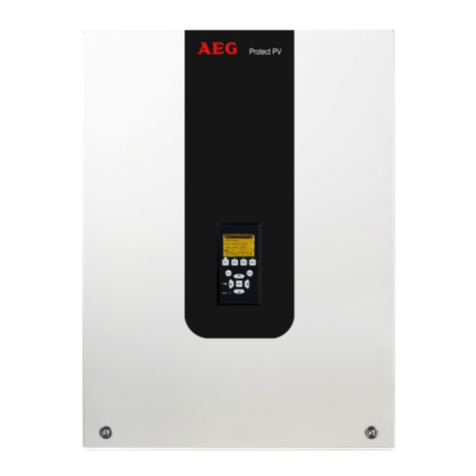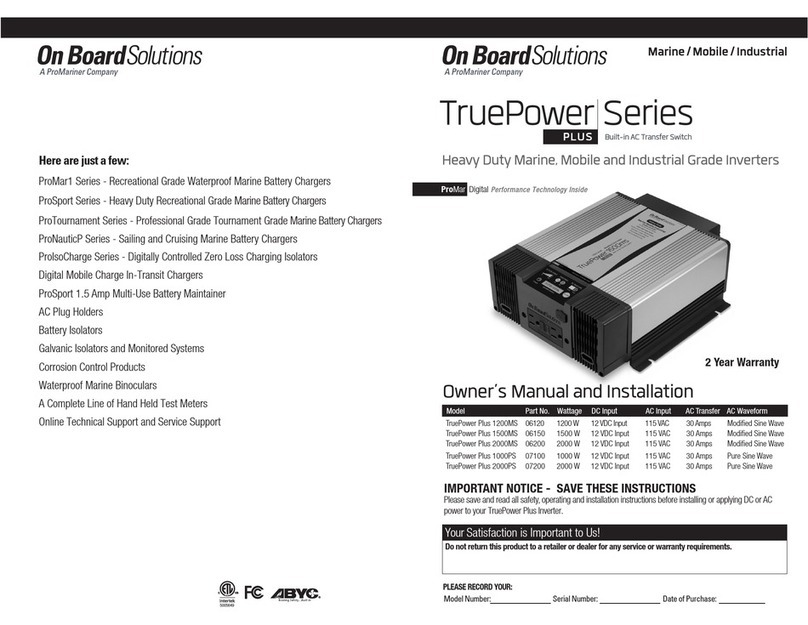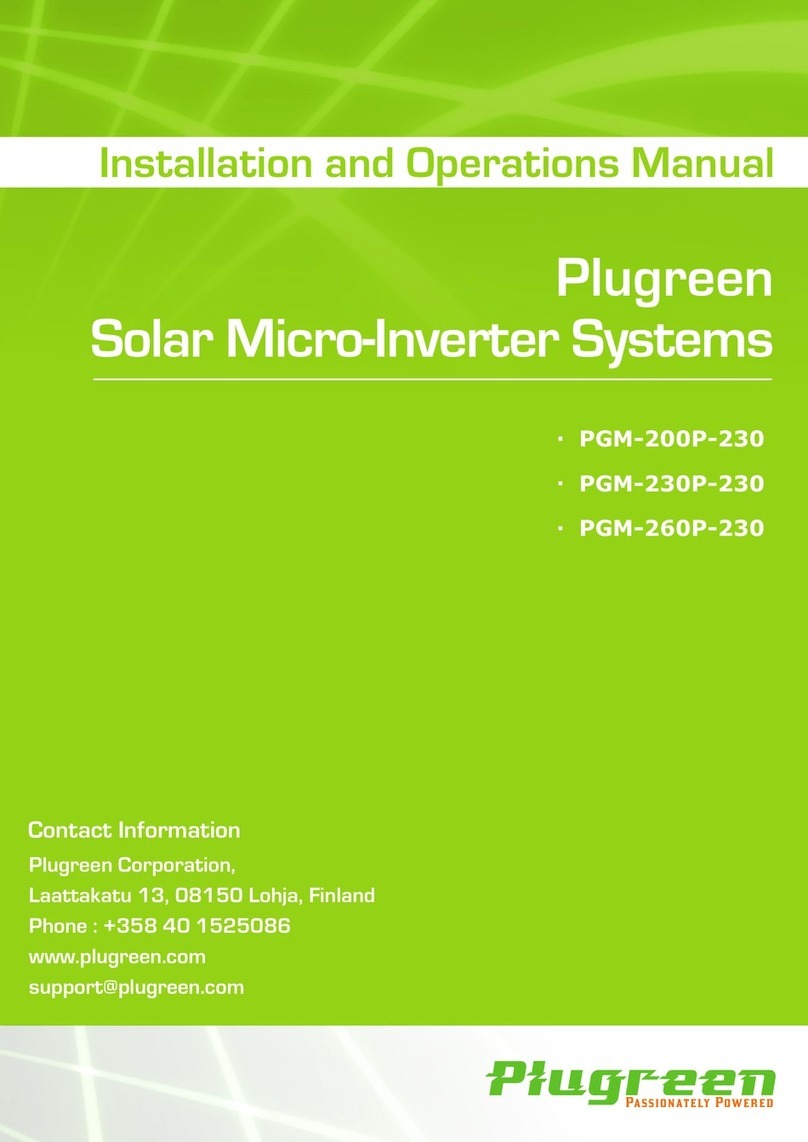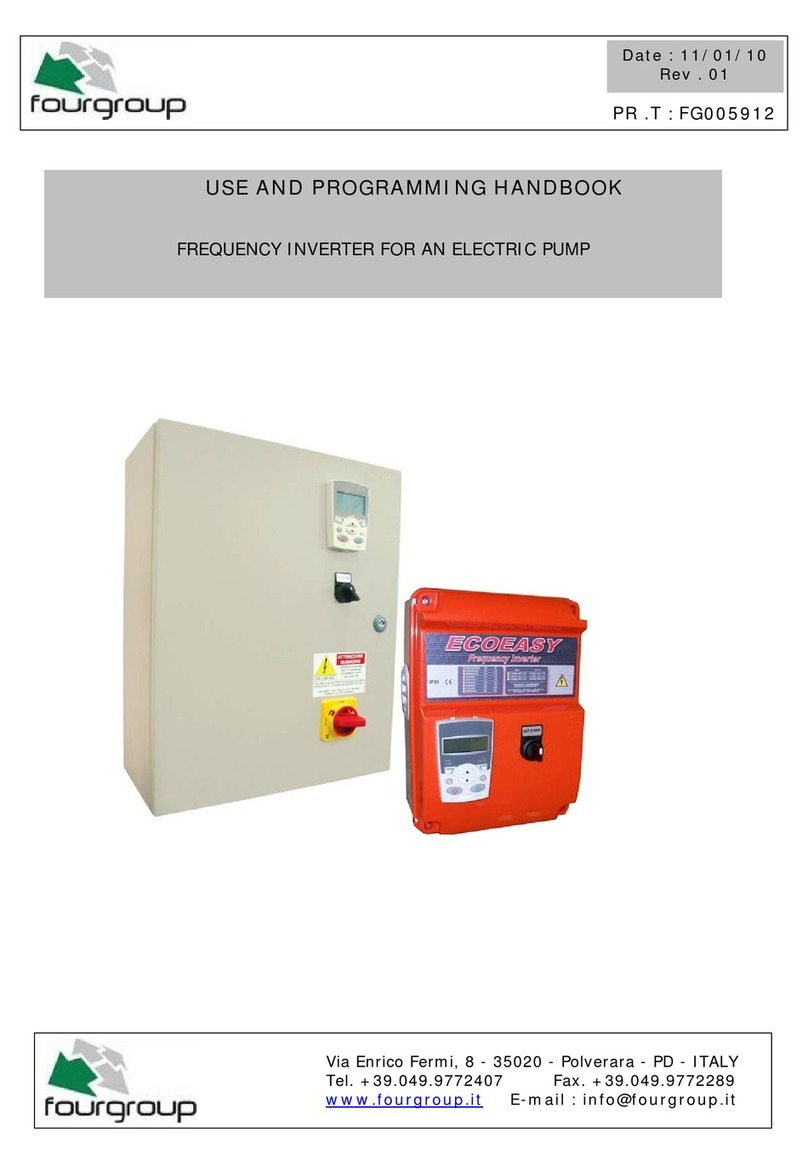
■Installation and maintenance rules
The appliance must be installed and maintained
by an approved professional in accordance with
current regulations and codes of practice.
• Warning, hydraulic unit should not be installed
in an air current.
■Handling
The outdoor unit must not be placed in a horizontal
position during transport.
If not kept upright during transport, the appliance
could be damaged through displacement of
the refrigerant and damage to the compressor
suspension.
Any damage caused by transportation in a horizontal
position is not covered by the warranty.
If necessary, the outdoor unit may be tilted only
during manual handling (to go through a door or up
a staircase). This operation must be conducted very
carefully and the appliance must be immediately
restored to the upright position.
■Containment of refrigeration circuits
All refrigeration circuits are sensitive to contamination
from dust and moisture. If such pollutants penetrate
the refrigeration circuit, they can aect the reliability
of the heat pump.
Make sure that the connections and refrigeration
circuits (hydraulic unit, outdoor unit) are
protected correctly.
In the event of a subsequent failure and following
an inspection, the presence of moisture or
foreign bodies in the compressor oil would
automatically void the warranty.
- Check upon receipt that the ttings and refrigeration
circuit caps mounted on hydraulic unit and outdoor
unit are properly seated and secured (cannot be
loosened with bare hands). If this is not the case,
tighten them using a C spanner.
- Check also that the refrigeration connections are
sealed (plastic caps or tubes crimped at the ends
and brazed). If the caps must be removed during
the installation (tubes to be re-cut for example),
put them back as soon as possible.
■Hydraulic connections
The connection must comply with industry standard
practice according to current regulations.
Remember: Seal everything when tting in
accordance with industry standard practice for
plumbing work:
- Use suitable seals (bre gasket, O-ring).
- Use Teon or hemp tape.
- Use sealing paste (synthetic depending on the
case).
Use glycol/water mix if the minimum ow
temperature is set below 10°C. If you are using a
glycol/water mix, arrange for an annual check on the
quality of the glycol. Use monopropylene glycol only.
The recommended concentration is 30% minimum.
Never use monoethylene glycol.
• In some installations, the presence of dierent
metals can cause corrosion problems; the
formation of metal particles and sludge can
appear in the hydraulic circuit.
• In this case, it is advisable to use a corrosion
inhibitor in the proportions indicated by the
manufacturer.
• You must also ensure that treated water does
not become corrosive.
